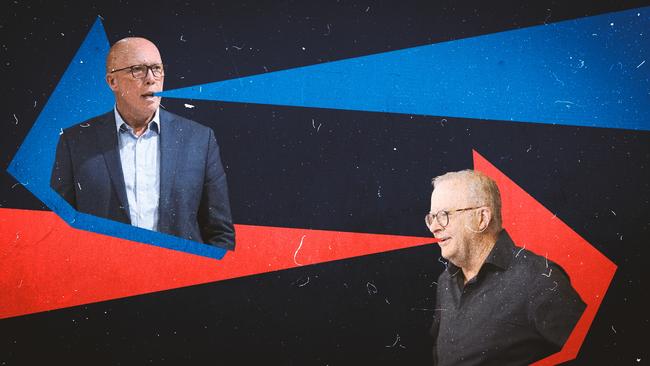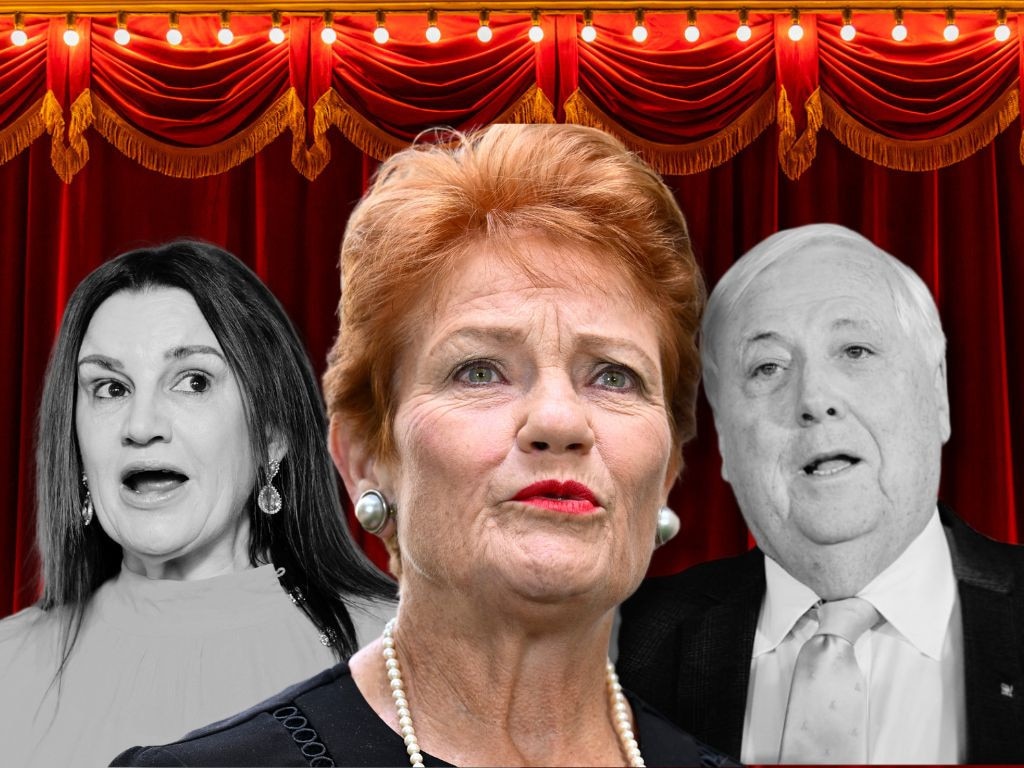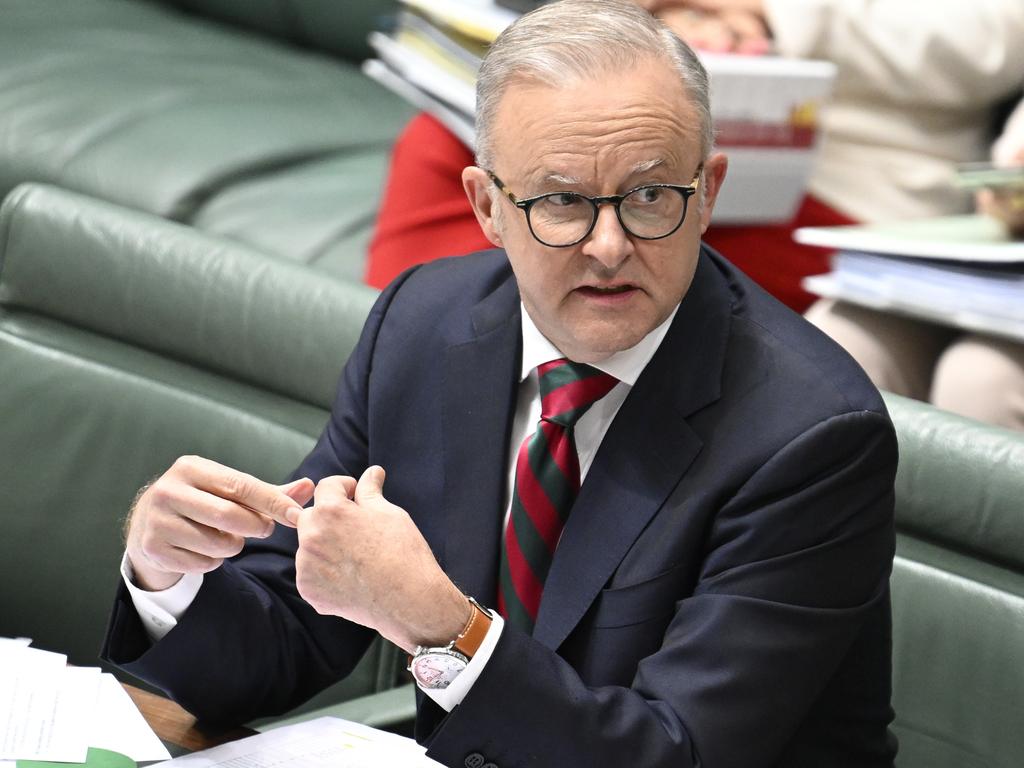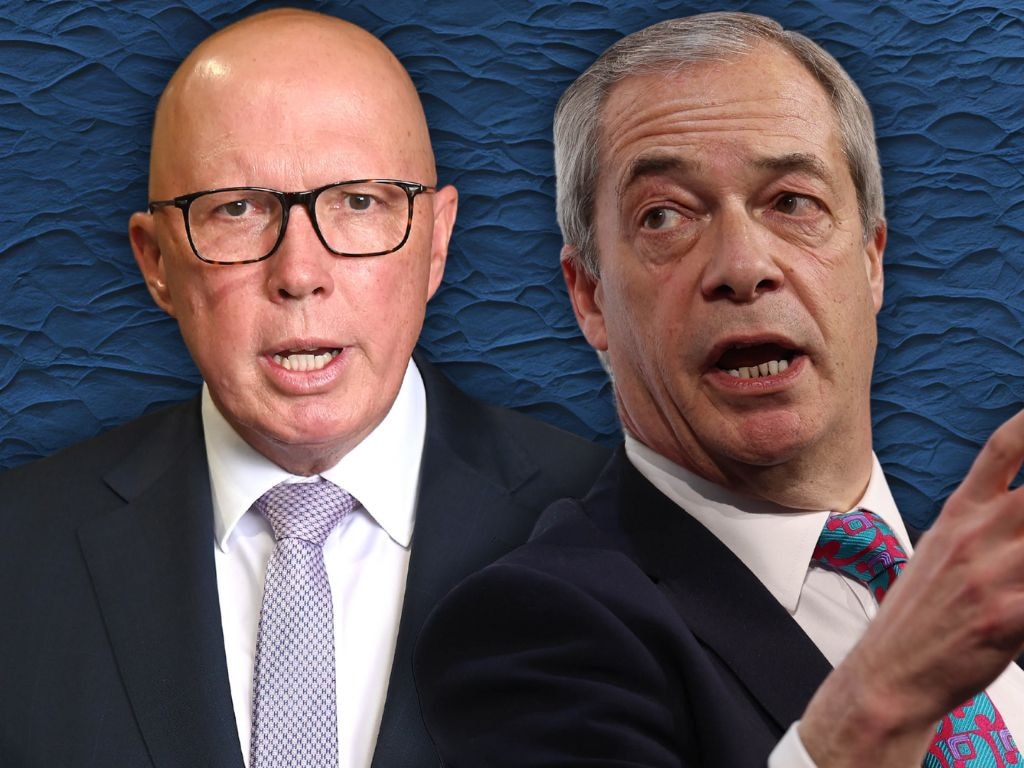
Anthony Albanese may have not yet decided when formal hostilities are to begin, but the expectations of an earlier than scheduled election remain high.
Equal doses of logic and wishful thinking have led to this reasoned inevitability. But until this week there was an argument internally that the government could benefit from more time. Running down the clock to May was still an option being considered.
There was an assumption, not just by the money markets, that if the central bank was to deliver a rate cut as it did on Tuesday, there was a good chance of another one in April. The thinking in the government was that if you get one, you’ll probably get two.
And Albanese could have ridden the wave of hope until May.
RBA boss Michele Bullock, however, has put paid to any of that in her post-decision commentary of a bet each way. An April cut is now highly unlikely. And this materially changes the equation for the Prime Minister.
Not only is the rate cut a marginal one, the prospect of more to come has been pushed further out.
Any optimism in the community that had been beginning to build at the start of the year has just been deprived of oxygen.
This not only shifts the politics for Albanese, and his decision on when to call the election, it risks feeding further into the existing cynicism in the electorate.
Next week the national accounts will give a clearer picture of how the economy is tracking. So don’t expect Albanese to be calling an election this weekend.
Weighing on both Liberal and Labor campaign directors will be the acknowledgment that neither side is in a particularly healthy position to fight a campaign.
Labor’s primary vote is on 31 per cent. The Coalition is on 38 per cent. On these numbers, there is little prospect of either Labor or the Coalition forming a majority government.
It will be an ugly scrap for the spoils of a hung parliament.
Again, there is an argument that Labor needs time to try and lift its support off the floor before entering the campaign.
But if the judgment is that waiting another four weeks and having a budget won’t help much, then Albanese will assess that April is the more prudent timing.
And this is where expectations have been allowed to settle. Albanese hasn’t helped with his obfuscating answers to this question, which is now being put to him on an almost daily basis.
How much longer can he keep the guessing game going before it begins to annoy voters?
Albanese’s dilemma is that there is a lack of definition as to what Labor is offering as its second-term proposition. He will seek to address this on Sunday at a Labor rally in Launceston with a second instalment of major policy offerings following the Adelaide rally in November when he announced permanent fee-free TAFE and HECS debt relief.
It will be in a different policy space – expected to be health – but built around a similar strategy that promises bigger changes ahead that won’t happen unless you vote Labor.
Albanese’s message is an admission it has been a difficult three years but the government has seen the country through it with its cost-of-living relief.
On Sunday, he will seek to lay down more foundations for bigger changes ahead designed to challenge the Coalition. In other words, these changes on offer won’t happen unless Labor is re-elected. The issue for Albanese is whether he has left it too late to round out what Labor is offering, and will voters listen.
The first two months of the year have been about range finding on Labor’s attack campaign against Dutton. Some of it has worked and some hasn’t. The health and Medicare scare tactics have bite.
Voters may only just be beginning to switch on to the reality that it is a decision they will soon have to make. This may start to see movement in the polling.
But as expected, Donald Trump has also injected himself into the broader election picture.
Having moved on from tariffs to issuing a challenge to the foundations of the Western alliance, Trump’s omnipresence projects a new cloud of uncertainty into the reckoning.
The US President’s brand of politics and upheaval may also to some extent colour voters’ assessment of Albanese and Dutton. It is likely to be more relevant for Dutton.
Soft Labor voters, largely women, are looking at Trump in horror. At the same time they are processing everything Dutton says for signs of Trumpism.
Male voters are more likely to be considering Trump as a strong leader and seeking the same profile for Australian leaders, which would favour Dutton.
Labor will be calculating that there is a stronger leaning toward the former group, which will favour Albanese.
The central question for Dutton and the Coalition is whether they can move the dial.
There is colour and movement but little in terms of anything remotely resembling reform.
He is exposed on a single policy issue – nuclear power.
Pollsters will attest to the disillusionment among voters and the demands for longer-term propositions. They want a clearer direction from both sides on where they intend to take the country.
If it can be distilled into one single issue, it is the sense voters have that their income is not keeping pace with cost of living.
Both sides are defaulting to strategies that play to their own crowds.
But in this environment, playing it safe maybe the higher-risk approach.
For 18 months now the polls have been showing the two major parties stuck on between 65 and 70 per cent of the primary vote. There is a lot of vote out there for somebody else.
Despite this, both Labor and the Coalition continue to sleepwalk into minority government.







The Australian political cycle has entered the dubiety of the Phoney War, when Allied troops were forward deployed to the front, only to sit around for nine months before firing a shot. They knew the war was coming but not when.